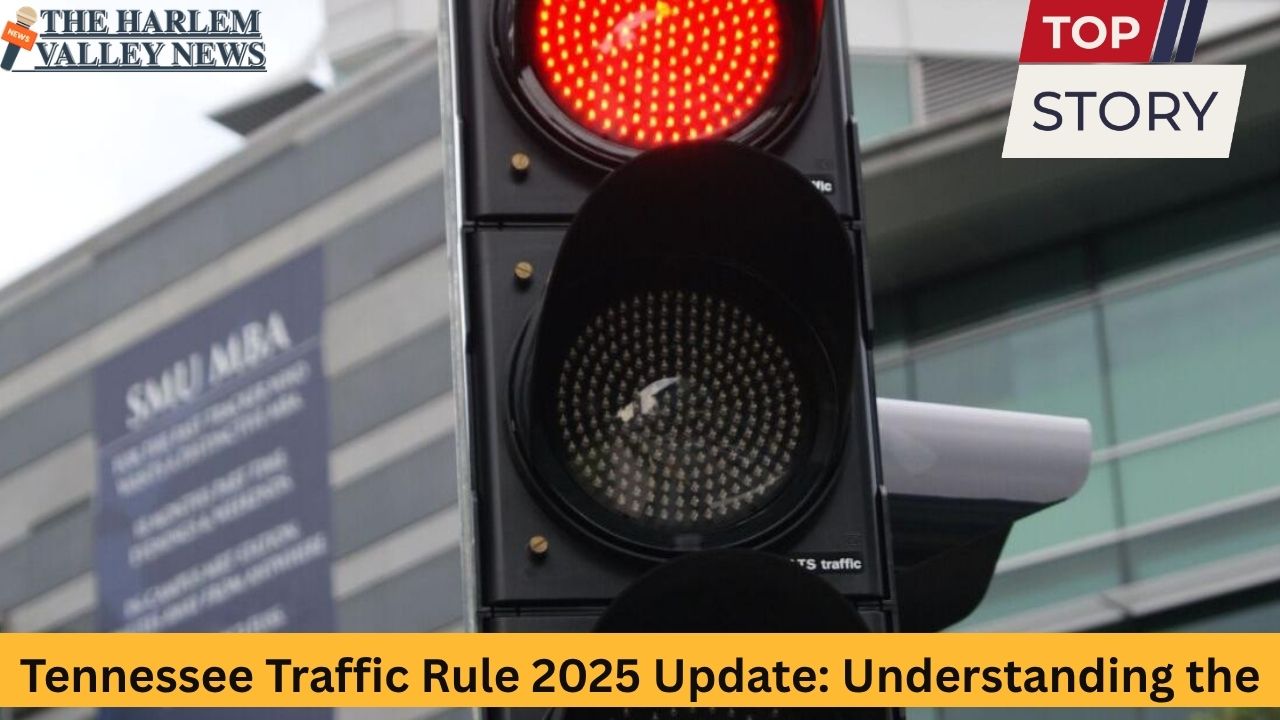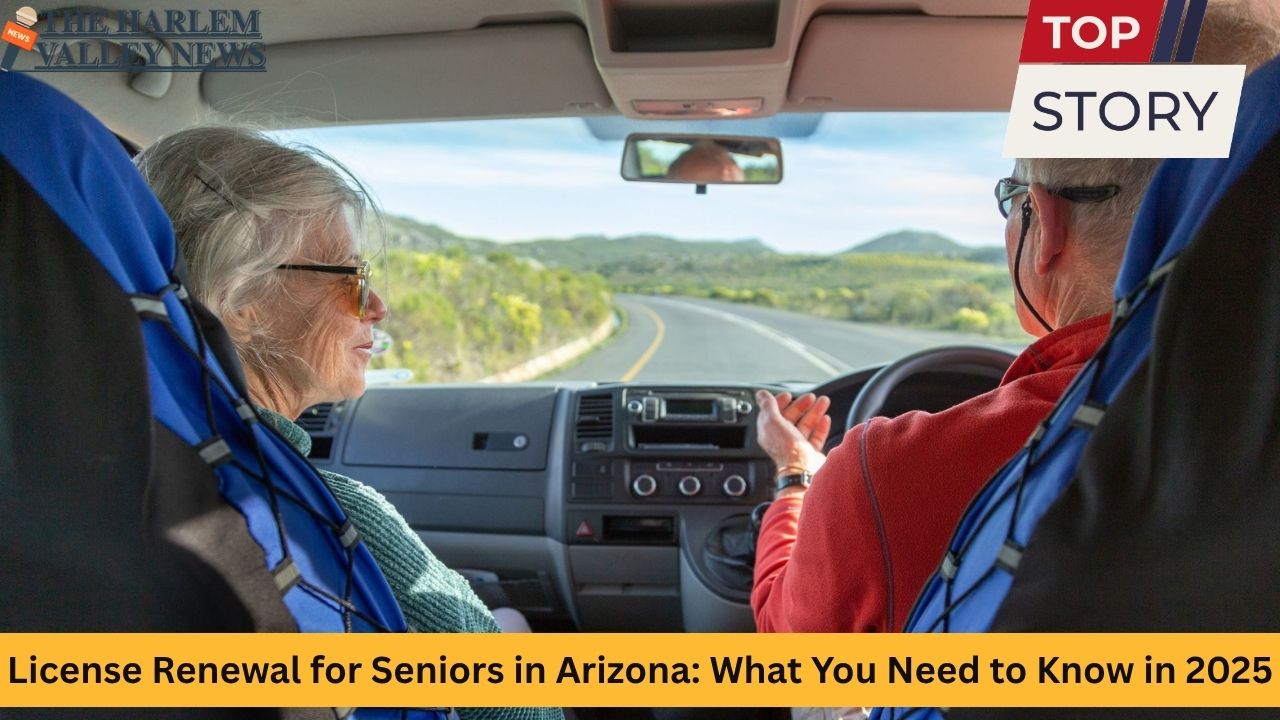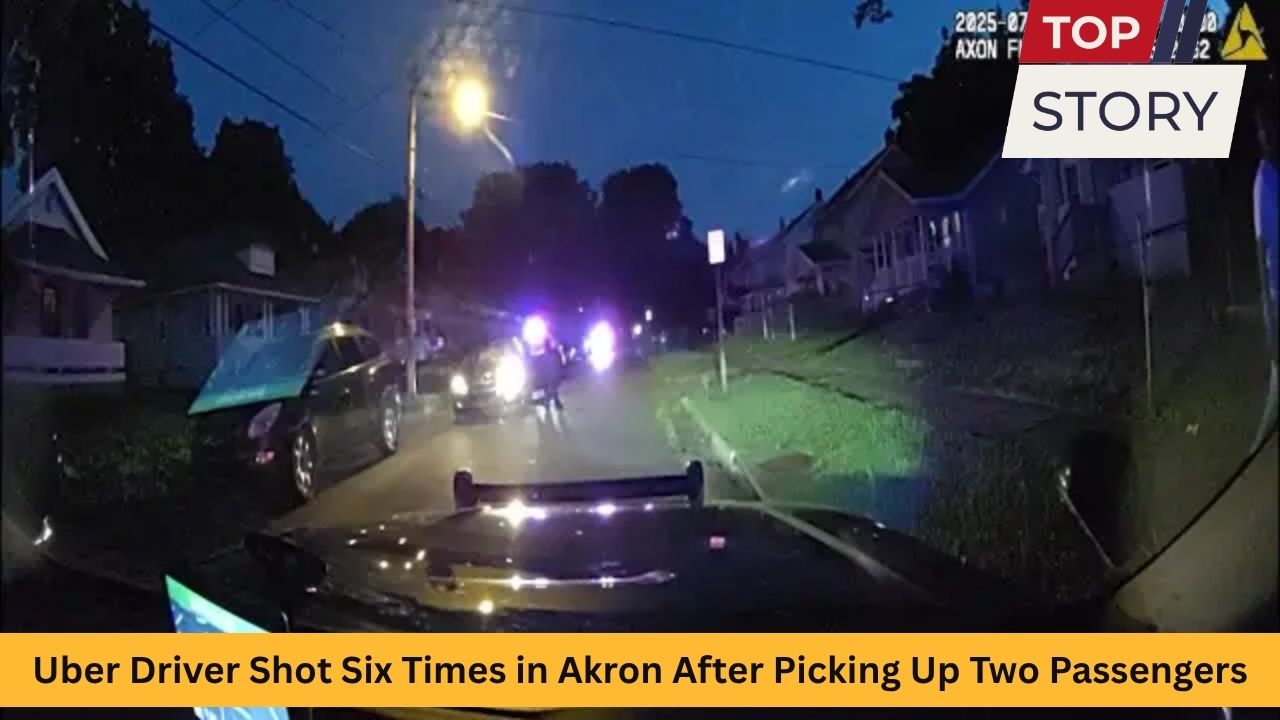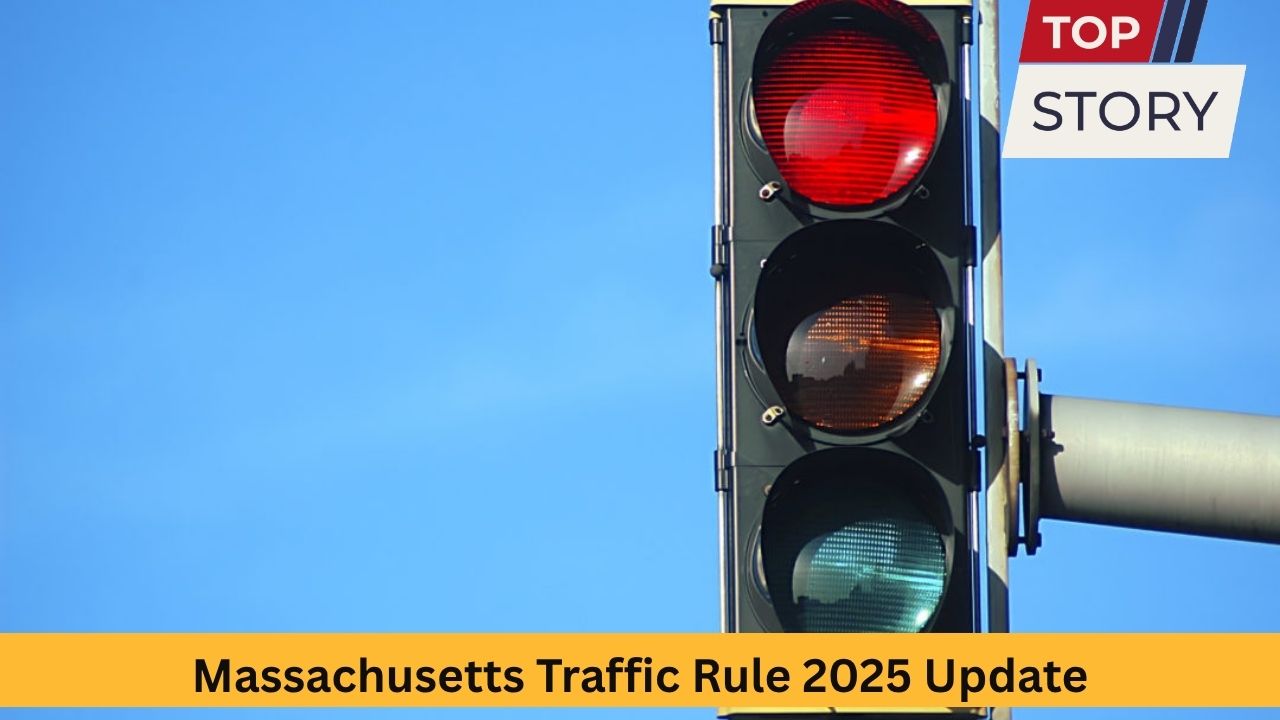Driving across Tennessee’s vibrant cities—Nashville, Memphis, Knoxville, Chattanooga, Franklin, and Johnson City—means staying up to date with changing traffic laws. In 2025, understanding the Right Turn on Red (RTOR) rule is crucial as the state prioritizes infrastructure, pedestrian safety, and post-pandemic traffic flow. This guide explores Tennessee’s RTOR laws, how they’re applied, enforcement measures, city-specific regulations, and the impact on daily driving.
The Essence of the Right Turn on Red in Tennessee
General Rule
In Tennessee, drivers are legally allowed to turn right at a red light after making a complete stop and yielding to all pedestrians, cyclists, and oncoming traffic. The rule helps reduce congestion but only applies when no signs explicitly prohibit it.
Prohibited Situations
Right turns on red are not allowed:
- When a “No Turn on Red” sign is present.
- At red arrow signals, whether solid or flashing.
- If visibility is obstructed or it’s otherwise unsafe.
- When local laws or temporary traffic conditions prohibit the turn.
Left Turns on Red
Tennessee also permits left turns on red from a one-way street onto another one-way street going in the same direction, provided no signage forbids it. This is common in downtown grids, especially in Memphis and Knoxville.
Recent Developments and the Legislative Landscape
While neighboring states have introduced stricter turn-on-red rules, Tennessee’s RTOR laws remain unchanged in 2025. However, there are key updates drivers should be aware of.
Noteworthy Law Adjustments
- No RTOR law changes in 2025.
- Motorcyclists can legally proceed through a red light if not detected by the traffic sensor after a reasonable wait.
- Penalties have increased for drag racing, highway-blocking protests, and other aggressive driving offenses.
Why the Right Turn on Red Matters
The RTOR rule is a balance between traffic efficiency and road safety. It minimizes wait times at intersections, especially in busy cities like Nashville and Franklin. But as foot traffic grows in urban centers, it’s critical to maintain vigilance for vulnerable road users.
Tennessee’s Road Safety by the Numbers
Traffic Fatalities and Trends
Based on the latest data from the Tennessee Department of Transportation:
- Nearly 37,000 speed-related crashes were reported between 2018 and 2022.
- Pedestrian and cyclist deaths dropped from 187 in 2023 to 150 in 2024.
- Aggressive and distracted driving continue to rise in fatality statistics.
In Nashville, pedestrian deaths fell from 39 in 2023 to 33 in 2024, largely due to improved crosswalk visibility and safety campaigns.
Urban vs. Rural Considerations
Urban areas like Chattanooga, Clarksville, and Jackson have more foot traffic and thus enforce RTOR rules more strictly. Rural areas may have fewer restrictions but also less signage and infrastructure to support safe turns.
City-by-City Focus: Local Rules and Safety Initiatives
Nashville
Nashville leads in road safety upgrades. Key developments include:
- New high-visibility crosswalks near Broadway and the Gulch.
- “No Turn on Red” signs near schools and music venues.
- Advanced vehicle detection sensors at intersections.
Memphis
With a network of one-way streets downtown, Memphis emphasizes left-on-red rules and has placed signage in high-pedestrian areas like Beale Street and the medical district.
Knoxville
Knoxville’s downtown and university areas have strong public education efforts. Campaigns target RTOR compliance near campus and at Market Square intersections.
Chattanooga
Tourism-heavy Chattanooga has piloted smart cameras and alerts near busy zones such as the Tennessee Aquarium and Walnut Street Bridge.
Franklin
In Franklin, popular shopping districts and the historic downtown core now have increased pedestrian protections and temporary RTOR restrictions during festivals.
Johnson City
Johnson City collaborates with local schools to teach both students and drivers about safe intersection behavior, focusing on peak school-hour traffic.
Enforcement and Penalties
While the goal is compliance, enforcement is active and escalating in some areas:
- Fines apply for failing to stop, not yielding, or ignoring RTOR prohibitions.
- Cities conduct spot enforcement checks and use traffic cameras in problem areas.
- Repeat violations may result in points on your license and higher insurance premiums.
The Debate Over Pedestrian Safety
There is ongoing debate about whether Tennessee should limit RTOR in high-foot-traffic areas to protect Vulnerable Road Users (VRUs)—pedestrians and cyclists.
Key Safety Investments
- Over $239 million spent on 300+ safety projects in the last five years.
- 15% of the funding targeted pedestrian and cyclist safety.
- Major improvements implemented in Clarksville, Columbia, and Cookeville.
Advocates are calling for more localized RTOR bans in high-density areas to further reduce pedestrian incidents.
Best Practices for Drivers: Right Turn on Red
To stay safe and legal at red lights, Tennessee drivers should:
- Come to a full stop before turning.
- Look for and obey “No Turn on Red” signs.
- Yield to pedestrians and cyclists already in or near the crosswalk.
- Scan for oncoming traffic before executing the turn.
- Be aware of bike lanes and side traffic.
Unmarked police vehicles and camera enforcement are increasingly used to ensure compliance.
Frequently Asked Questions About RTOR in Tennessee
Is RTOR always legal?
No. If a sign says “No Turn on Red,” you must obey it—even if state law generally permits RTOR.
Can I turn left on red?
Yes, only from a one-way to another one-way street, and only when there’s no sign saying otherwise.
Can I turn on a red arrow?
No. Red arrows mean no turn, regardless of direction.
Do cities have different rules?
Yes. Cities like Nashville and Chattanooga may impose additional restrictions based on local needs and pedestrian volume.
Who decides where RTOR is banned?
Local traffic engineers analyze visibility, accident data, and community input to determine where RTOR should be prohibited.
New Traffic and Safety Trends in 2025
- Speed enforcement campaigns like “Slow Down Tennessee” are active in cities such as Kingsport, Collierville, and Knoxville.
- Digital signage and AI-powered traffic controls are being piloted in Franklin and Brentwood.
- Nashville is testing adaptive signal timing using real-time traffic data.
- Statewide, Tennessee is adopting a three-pronged approach—education, enforcement, and engineering—to reduce accidents.
Real Stories: The Importance of Stopping and Looking
- In Chattanooga, a delivery driver avoided hitting a cyclist by double-checking the crosswalk late at night.
- In Johnson City, a commuter stopped just in time as a child ran into the road during school drop-off.
These cases highlight the real-life impact of cautious, rule-following driving behavior.
Safety Campaigns and Community Involvement
Community safety efforts are growing across the state:
- In Jackson and Murfreesboro, local schools and police are promoting “Stop, Look, Listen” campaigns.
- Social media and local events are being used to reach teen drivers and new residents.
- State agencies and nonprofits are working together to make roads safer for all users.
Future of RTOR: What Lies Ahead
Looking forward, Tennessee’s RTOR laws may evolve with:
- Increased urbanization, especially in Nashville and Chattanooga.
- More intersection technology, such as advanced crosswalk sensors.
- Potential city-specific RTOR restrictions in dense pedestrian zones.
- Continued investments in pedestrian and cyclist infrastructure.
The future points to smarter traffic systems, safer intersections, and more awareness around the impact of RTOR on public safety.
Conclusion
Knowing the rules—and following them—is the foundation of safe driving. The Right Turn on Red rule remains an important part of traffic flow in Tennessee, but it comes with responsibilities. As cities expand and roads grow busier, it’s critical for drivers to be alert, informed, and respectful.
Whether navigating Nashville’s downtown, the scenic roads of Franklin, or Johnson City’s growing intersections, making the right decision at a red light can protect lives. Always check signage, yield properly, and stay updated on local changes.
Tennessee’s roads belong to everyone—drivers, pedestrians, and cyclists alike. By driving with awareness and courtesy, we ensure they remain safe, efficient, and inclusive.
Sources Used:
- Tennessee Department of Safety
- TN Traffic Safety Resource Service
- TDOT Strategic Highway Safety Plan
- Justia – Tennessee Traffic Code § 55-8-110
- New Tennessee Laws for 2025












Leave a Reply